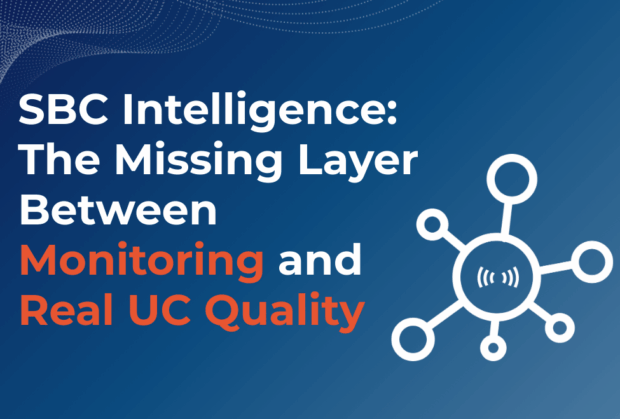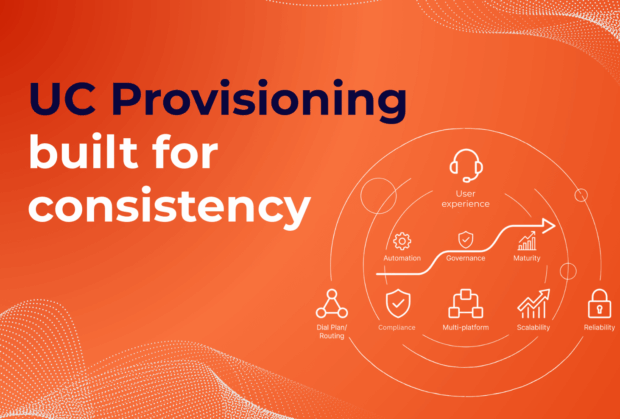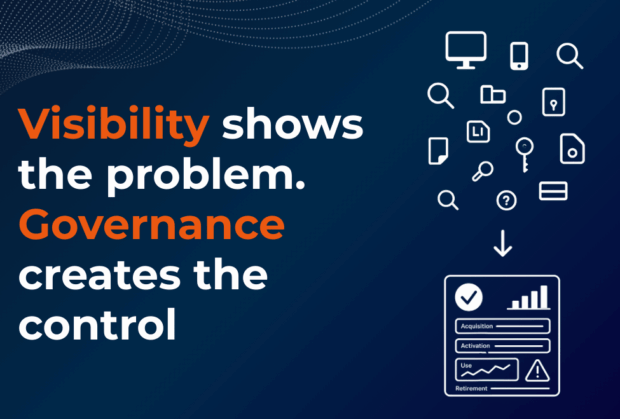With the arrival of COVID-19 two years ago, working habits changed dramatically, with many employees confronted for the first time, with the need to telecommute. This way of working, imposed by the overriding health context, is opposed by some who see it as a way to increase productivity and others who believe that daily physical exchanges between employees remain necessary.
Over the past months, both companies and employees have organised themselves to ensure work continuity, despite the strict health constraints. Collaborative tools that enable remote working, such as Microsoft Teams, were rapidly deployed to provide a multitude of activity support. Content and document sharing, multi-user meetings, video conferencing, internal and external calls, chat messages in discussion groups – these things are now indispensable features for any employee.
Even though the gradual return to face-to-face office working seems to be on the horizon, many observers indicate that the “hybrid” work mode (some days in the work office and some days in the home office) will represent a majority mode in 2022 for those in knowledge-intensive professions (knowledge workers). This means that assessing user adoption and acceptance of collaboration tools becomes an essential component in this new working environment.
The Flexcom Analytics solution provides a range of reports, widgets and dashboards to track the use of Microsoft Teams over time, through an intuitive and secure web interface. A group supervisor can access all relevant Microsoft Teams communications (internal and external) and see the evolution of the number of calls and video conferences over the weeks and months.
Every day, week or month, personalised reports on the number of team calls, meetings and conferences can be received with information on communication time, duration of document sharing, number of video calls and so on. Thanks to Flexcom Analytics, an administrator has access to indicators and metrics visible in real time on calls by user, by department and geographical area.
Along with access to audio and video conference call quality measurements, an administrator can be alerted if there is an abnormal event such as a sudden drop in quality, or perhaps a decrease in the number of calls within the organisation. Advanced search and analysis functions allow administrators to access details of communications that have been historically recorded over several months or even years.
Flexcom Analytics can also provide cost saving by integrating all call data from other vendors, both fixed and mobile, meaning that any duplication of tools can be avoided and all telephony activity can be viewed in one solution.




